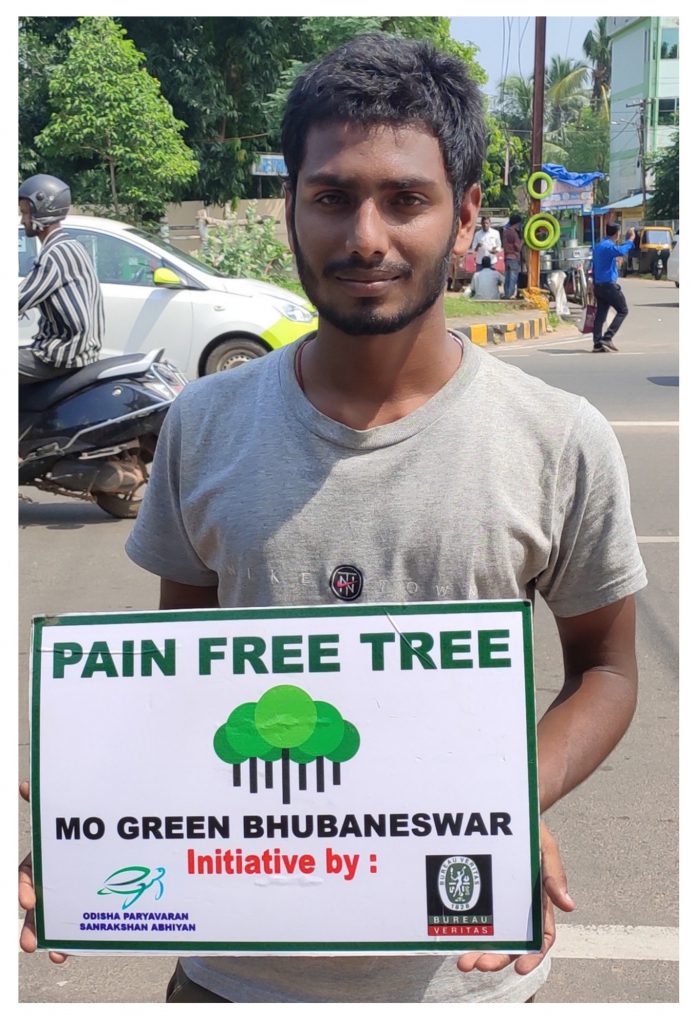BHUBANESWAR: After Mumbai Metro Rail Corporation Ltd (MMRCL) fell over 2100 trees in Aarey Colony for the construction of a parking space, environmentalists from the city have urged the state government to take steps to preserve green cover of the state, especially due to the central government’s plan of constructing a national coastal highway.
Despite a stay by the SC, MMRCL cut a large number of trees. The corporation claimed that they had transplanted over 1800 trees. However, most of these trees died due to improper planting.
Minister of Forest and Environment Bikram Keshari Arukh recently claimed that the forest cover in the state is about 885 sq kms. Soumya Ranjan Biswal of Odisha Paryavaran Sanrakshan Abhiyan said, “The central government has made elaborate plans of constructing the national coastal highway in coastal districts of Odisha which will lead to a lot of tree feeling in that area. The state government must resist such a step. This also concerns the safety of marine habitants such as Olive Ridley turtles.”
“Trees are being misused for advertisements, promoting businesses and furthering superstitions among others. Nails damage the trees and disrupt their growth. We should not hurt trees,” he added.
Environmentalist Ranjan Panda said, “Odisha has championed some of the pioneering environment protection movements thanks to the indigenous and rural communities. While it is good that many in the urban areas are supporting the activists protesting against tree felling in Aarey, we don’t see similar support for such protests being done regularly by our tribal communities.”
“At this juncture, when we are already in a climate emergency we must understand the importance of forests and protect them. We can’t continue to be under the illusion that development can happen at the cost of environment. Such development is not sustainable. Development needs to go in harmony with nature, and for that if needed, grey infrastructure building needs to be drastically cut,” he added.
Satyapira Padhan of World Wildlife Fund said, “Our built environment, the homes we live in, the roads we travel, and the systems that give us plumbing and electricity, can come at a high price. When infrastructure goes wrong we endanger wildlife, wild places, and the local communities in areas where the infrastructure was built. A positive future is possible if we urge our governments to make the right decisions for our planet.”
